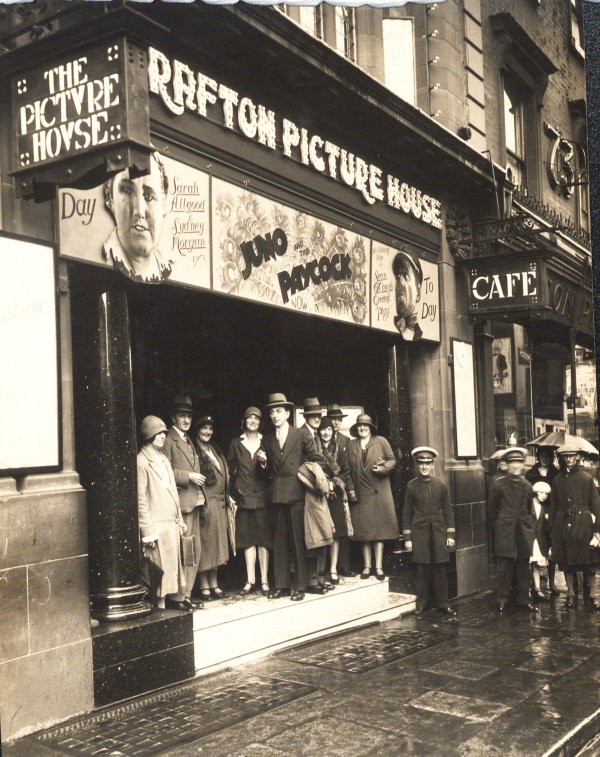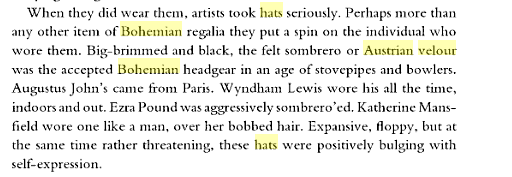Christopher Smith
New in Town
- Messages
- 49
So kind of an odd question and I'm not entirely sure of the terminology in some cases so apologies if I use wrong terms here and there in this post. Also because this is such a specific kind of niche question I also wasn't sure if it fell under an already existing thread. Ok, here it goes! Ireland prior to 1922 was a colony of England. I have a vintage Lock and Co. hat that resembles one I saw in a photo of the Abbey Theatre Company on Grafton street in Dublin in 1930. So my question was, when Ireland was just a young up and coming Free State on its way to nationhood what hats would Irish members of society have worn? Would the Irish have boycotted British clothes/merchandise/hats even after the signing of the treaty that ended the War of Independence? Or would someone like an actor, or diplomat, or banker perhaps have worn something like Lock and Co. Basically to boil down my question to the bare basics, would an Irish member of middle to high society have worn something imported from England like a Lock and Co. hat or would they have worn something made domestically and if so does anyone know the names of some vintage Irish hat makers (top hats, fedoras, etc. not the Irish caps we're all so familiar with)? Trust me I know this is kind of an odd question, but it's been eating at me since I bought this vintage Lock and Co.







